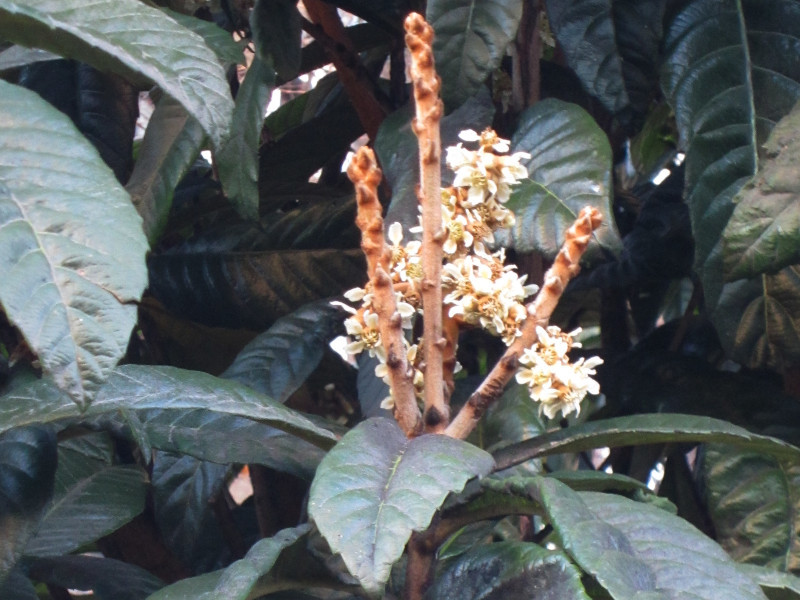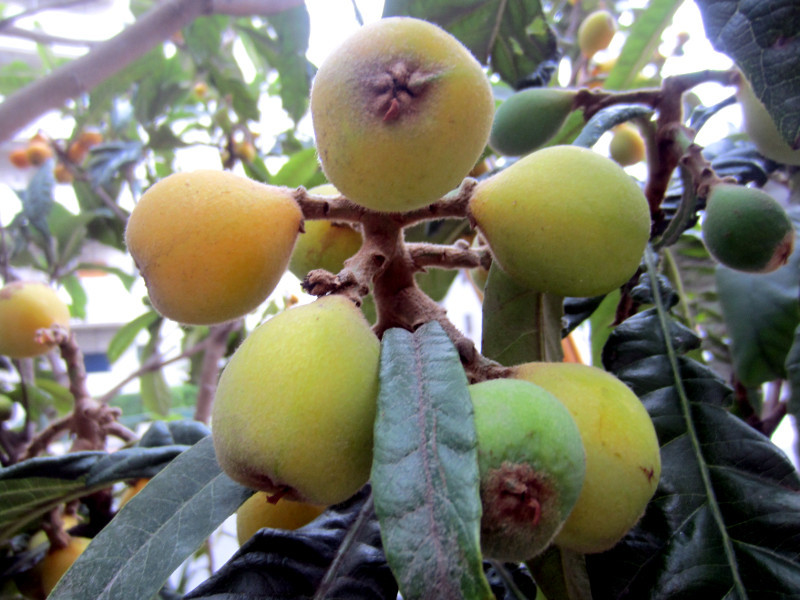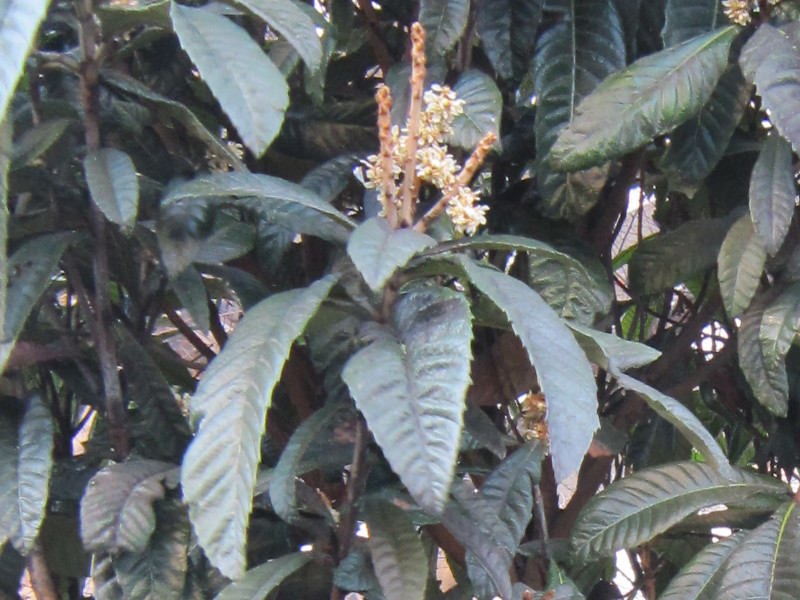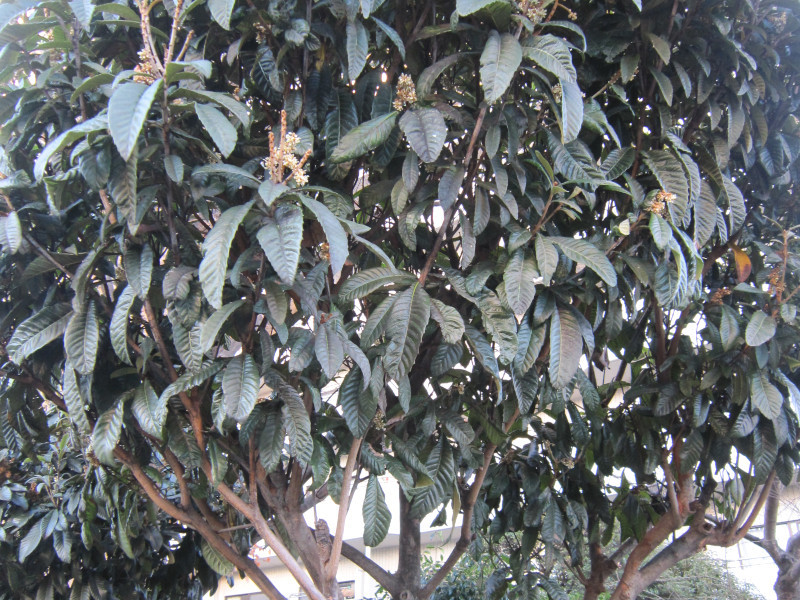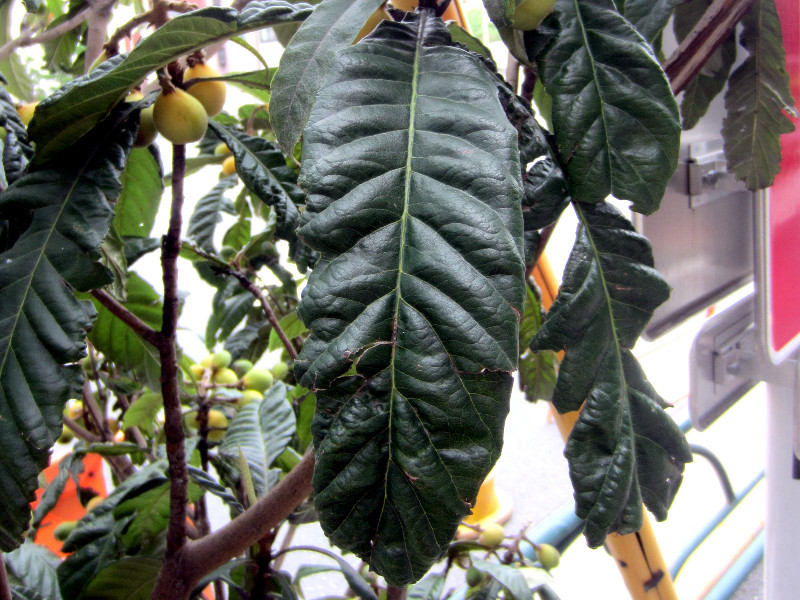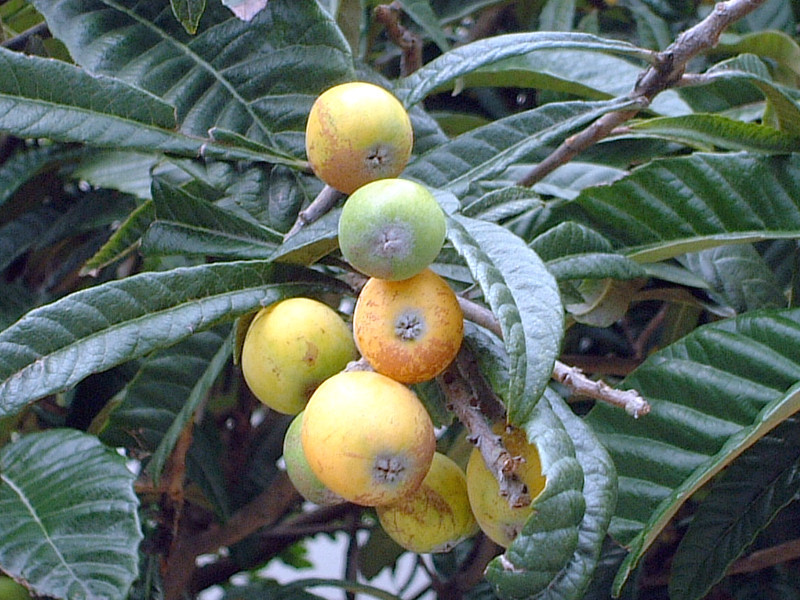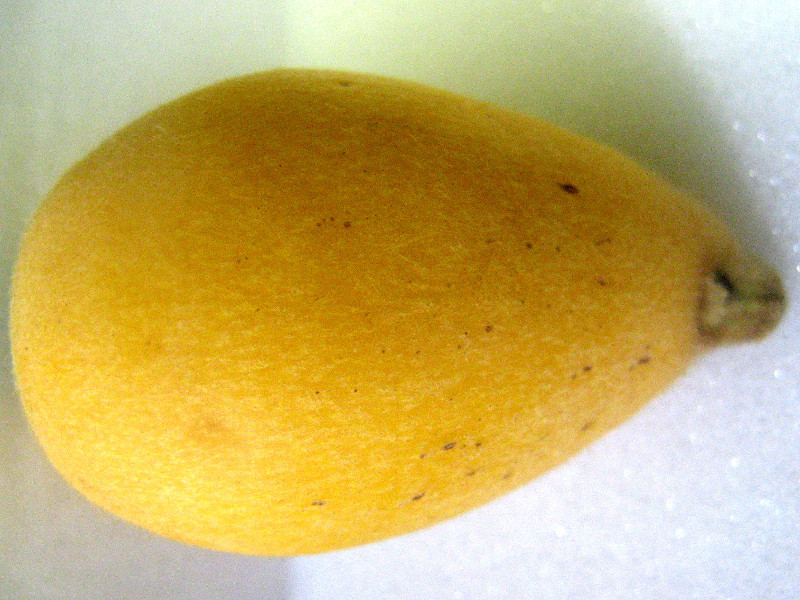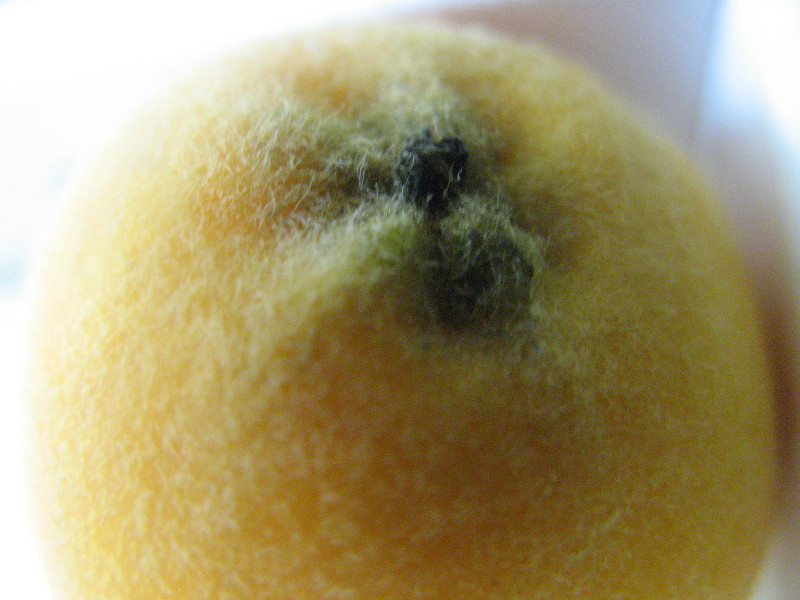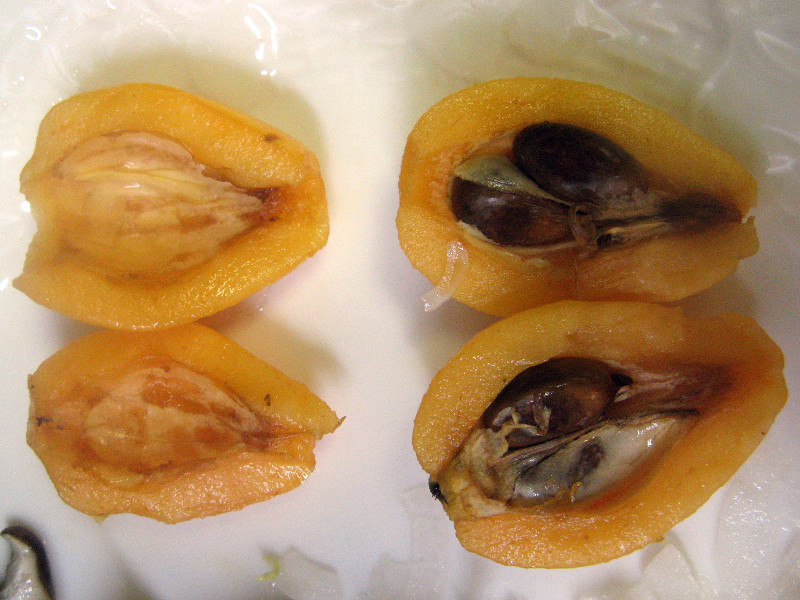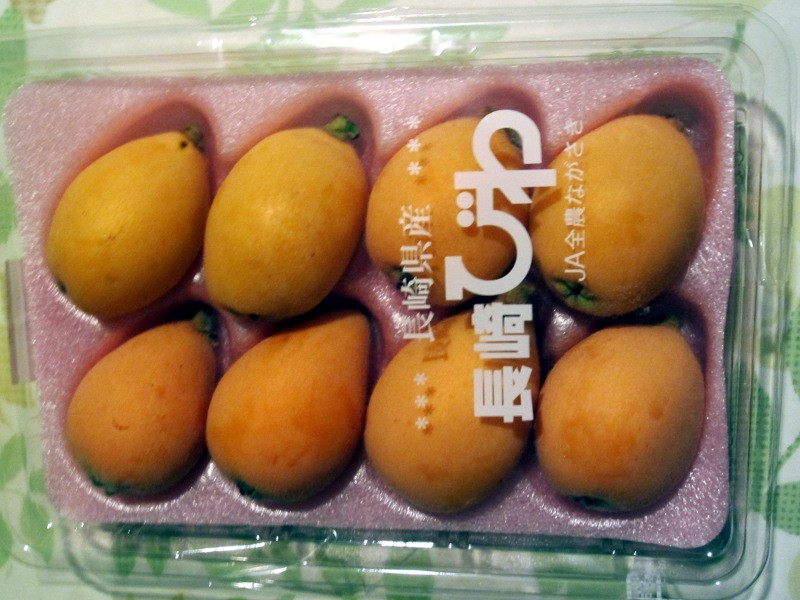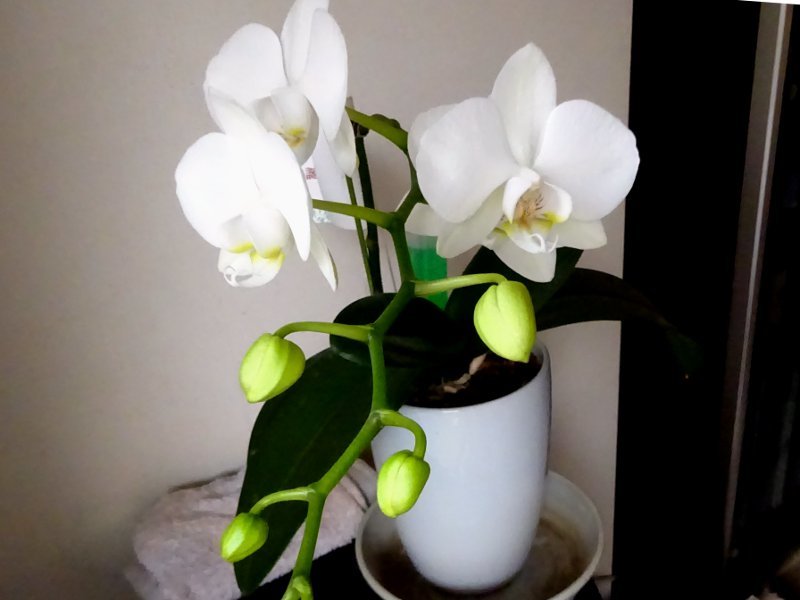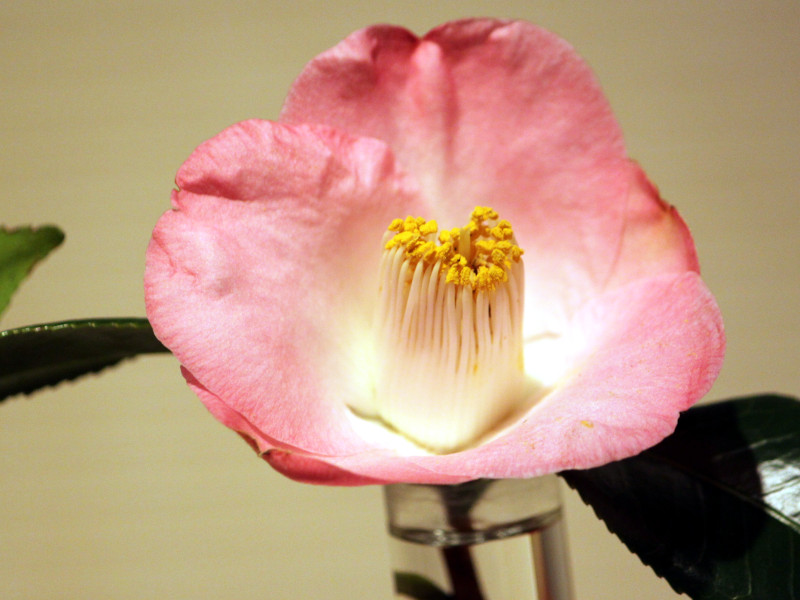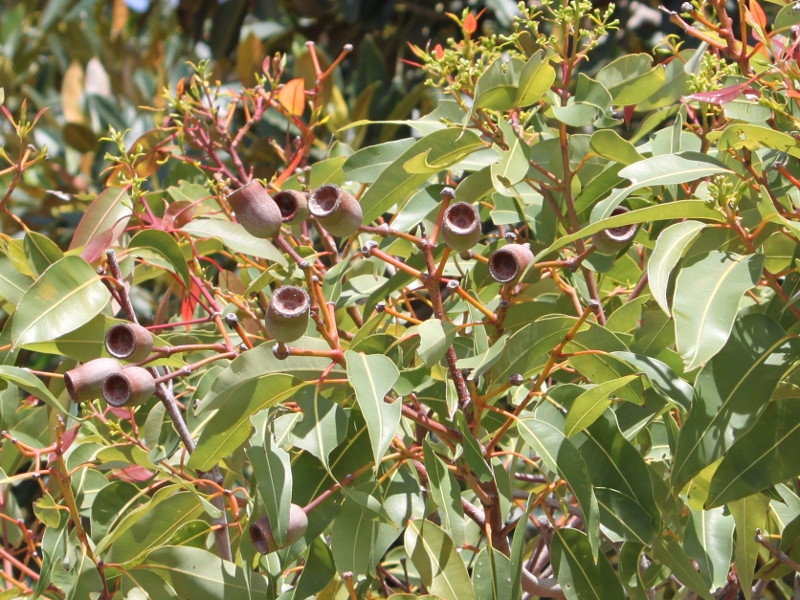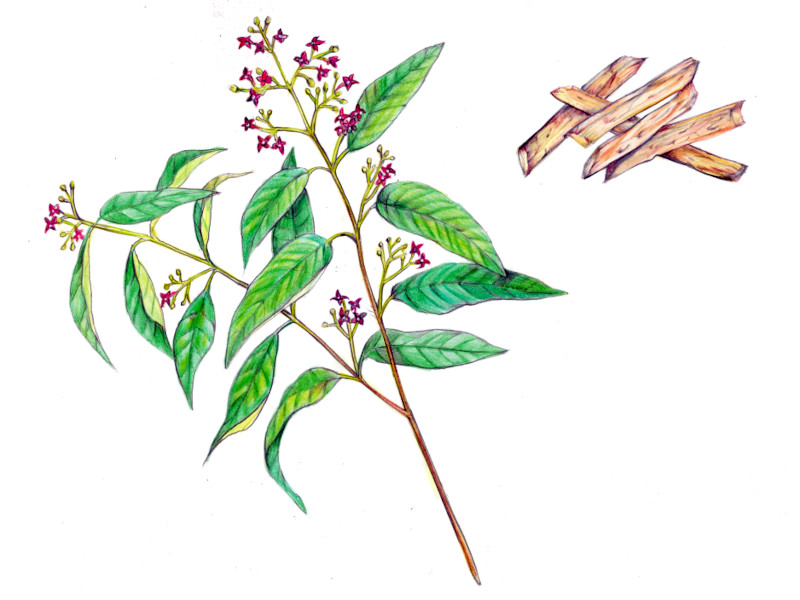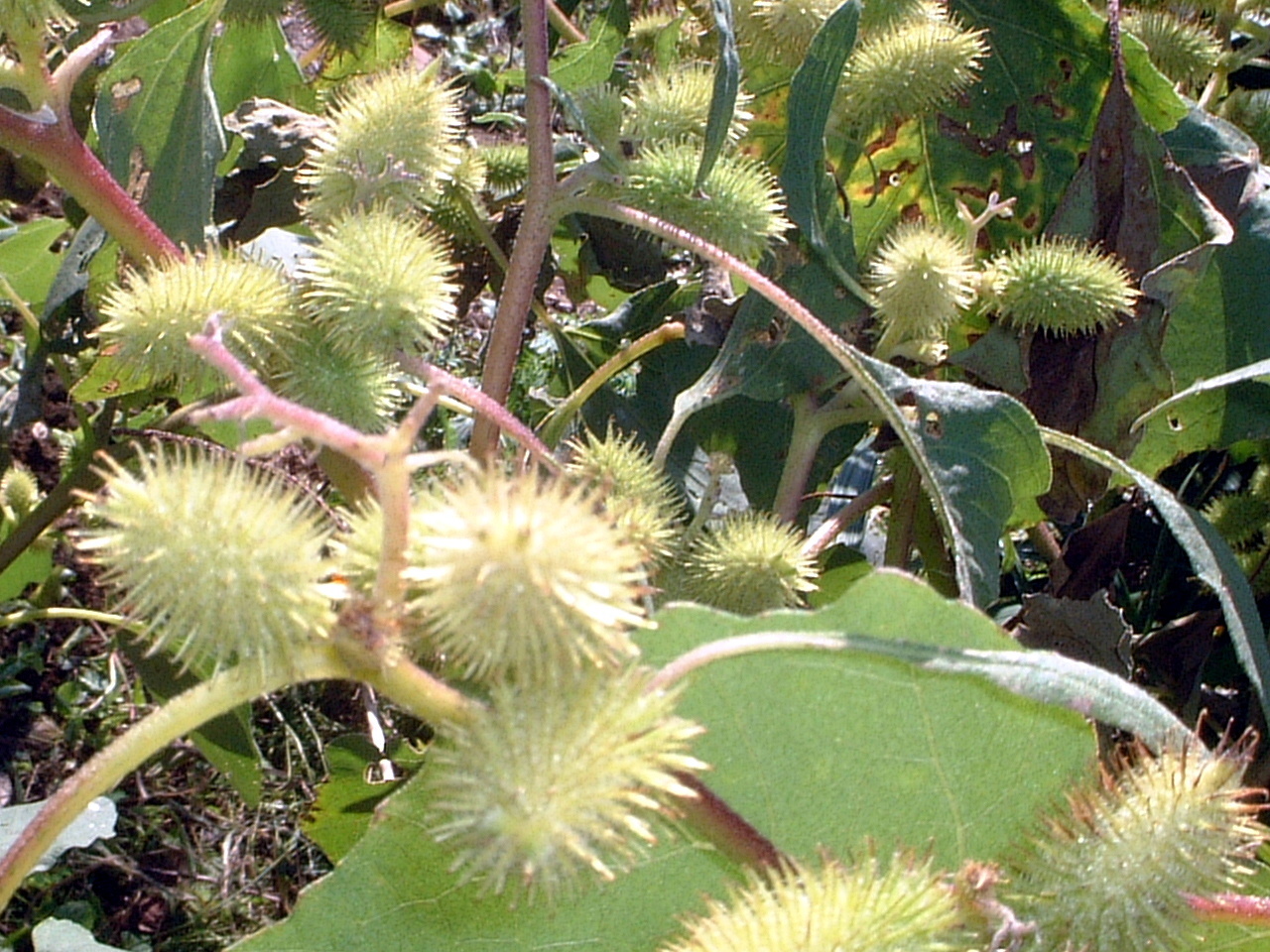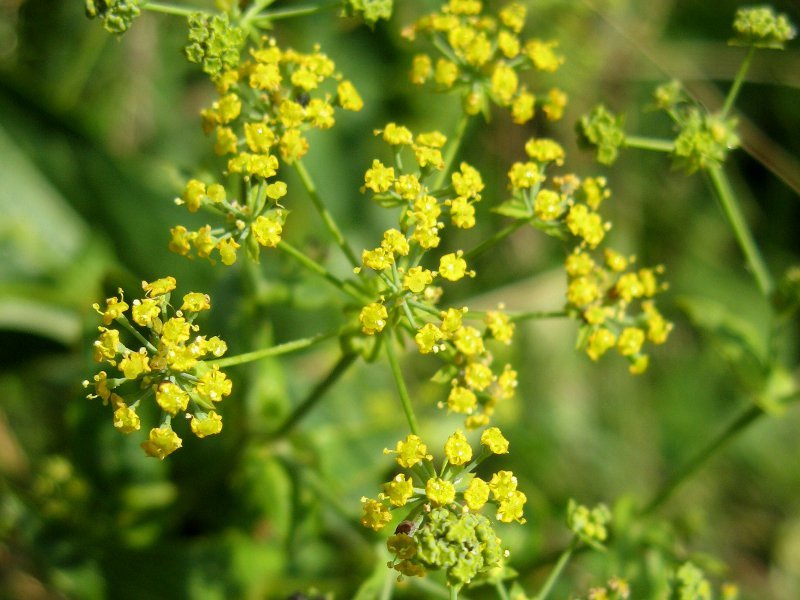Loquat
Flower in winter from autumn, golden yellow fruit form in summer from spring
- Flower nameLoquat
- Scientific nameEriobotrya japonica
- AliasJapanese loquat, 枇杷, Japanese medlar, Loquat
- Place of originChina
- Place of floweringOrchard, Botanical Gardens, Park, Streets, Planting
- Flowering seasonJanuary, February, October, November, December
- Language of flowersHealing
What is Loquat
Loquat , or Biwa (Scrub, Scientific name: Eriobotrya japonica) is native to China and is an evergreen tall tree of the the Rosaceae.
It is said that growth is slow, "Peach and chestnut take three years, persimmon takes eight years, Loquat takes thirteen years at the earliest."
As self-pollination (parthenocarpy) occurs, fruits are made even if there is only one tree. The leaves are large oblong and cortex, thick, leaves have serrated teeth, and they are attached to each other. Many small white flowers with fragrance bloom in the conical inflorescence extending from the branch to the autumn.
Bud is brown. The fruit produced in the early summer the following year is yellowish orange ovate, and hair is growing on the back of the skin. The flesh is made of high-quality fruit with a lot of moisture and a pale taste, but it is soft and painful. 4, 5 large red-brown seeds in the center of flesh. Fruits are processed into raw fish, fruit type, jelly, canned products etc Leaves are used for loquat tea and Chinese herbs. Trees are made of combs, canes, wood swords. Representative locality of frog is Nagasaki prefecture.
Generic name: loquat, scientific name:Eriobotrya japonica, aka Loquat, Japanese medlar, Japanese plum, Place of origin: China, Habitat: West of Kanto-Shikoku-Kyushu, soil environment: limestone, height: 3-10 m, dioecious, leaf quality: thick, hard, leaf color: dark green, leaf length: 10-25 cm, leaf width: petioles 5 cm, rippling in a leaf: oblong,: short, leaf: sawtooth wave, phyllotaxis: alternate, flower color: white, size: 2 cm ,: Petals five, anther: hair: dense, flowering October-next year February, self-pollination (parthenocarpy), fruiting period: may-in July, covered with fruit color: orange with a fruit-fake fruit, fruit diameter: 4-5 cm, fruit shape: obovate, uses: edible (fruits), cane and wooden sword (wood), medicinal (leaf), representative: Nagasaki Prefecture
